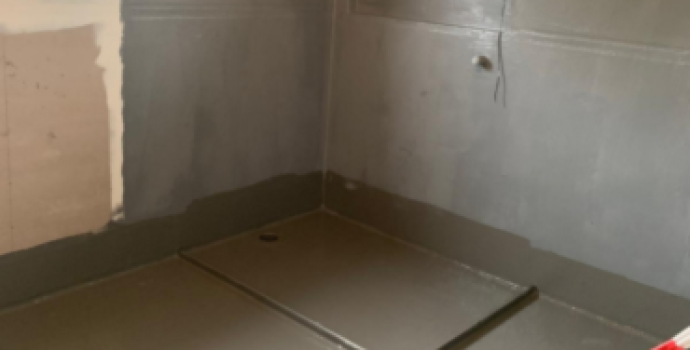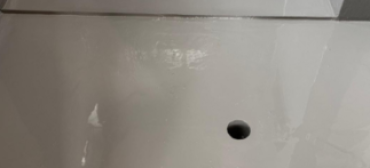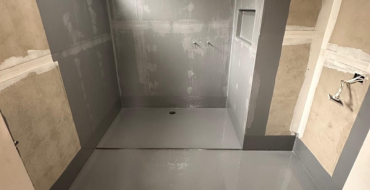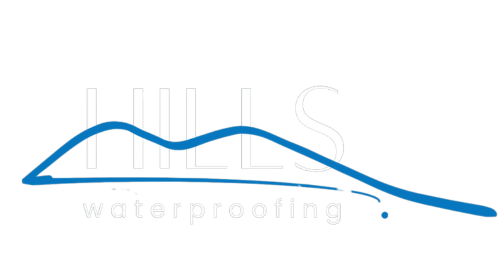- Hills Waterproofing
- Internal Waterproofing
Internal Waterproofing

Internal Waterproofing Sydney
Internal waterproofing Sydney is a critical process designed to protect the interior spaces of buildings from water infiltration and moisture damage. It involves applying waterproof coatings, sealants, and membranes to the inside surfaces of walls, floors, and ceilings. This method is particularly useful in basements, bathrooms, and other areas prone to dampness or water exposure.
The primary goal of internal waterproofing Sydney is to create a barrier that prevents water from penetrating into living spaces, thereby maintaining a dry and healthy indoor environment. It helps prevent mold growth, structural damage, and the deterioration of building materials.
Internal waterproofing Sydney solutions can include the use of cementitious coatings, epoxy injections, and interior drainage systems that direct water away from vulnerable areas. This process not only enhances the durability and integrity of a building but also improves its energy efficiency by reducing moisture-related heat loss.
What Are The Benifits of Internal Waterproofing Sydney
Internal waterproofing Sydney protects interior spaces from water damage and mold growth, ensuring a healthier and more durable building. It also enhances energy efficiency and reduces maintenance costs.
- Prevents mold growth, ensuring a healthier indoor living environment.
- Protects building materials from water damage and deterioration.
- Reduces moisture-related heat loss, improving overall energy efficiency.
- Decreases maintenance and repair costs by preventing water damage.


Regular maintenance and inspection are crucial to ensure the effectiveness of internal waterproofing systems. By addressing potential issues early, property owners can avoid costly repairs and ensure the long-term protection of their buildings. Internal waterproofing is an essential investment for maintaining the comfort and safety of any indoor space.
Any questions? We're here to help
What is internal waterproofing Sydney, and why is it important?
Internal waterproofing involves applying waterproof coatings, sealants, and membranes to the inside surfaces of a building to prevent water infiltration and moisture damage. It is important because it helps maintain a dry, healthy indoor environment, prevents mold growth, and protects the building's structural integrity.
What areas of a building typically require internal waterproofing?
Areas that commonly require internal waterproofing include basements, bathrooms, kitchens, and any other spaces prone to moisture or water exposure. These areas are at higher risk of water infiltration and can benefit significantly from internal waterproofing measures.
How often should internal waterproofing systems be inspected and maintained?
Internal waterproofing systems should be inspected and maintained at least annually. Regular inspections help identify potential issues early, ensuring that the waterproofing remains effective and preventing costly repairs and damage to the building.

